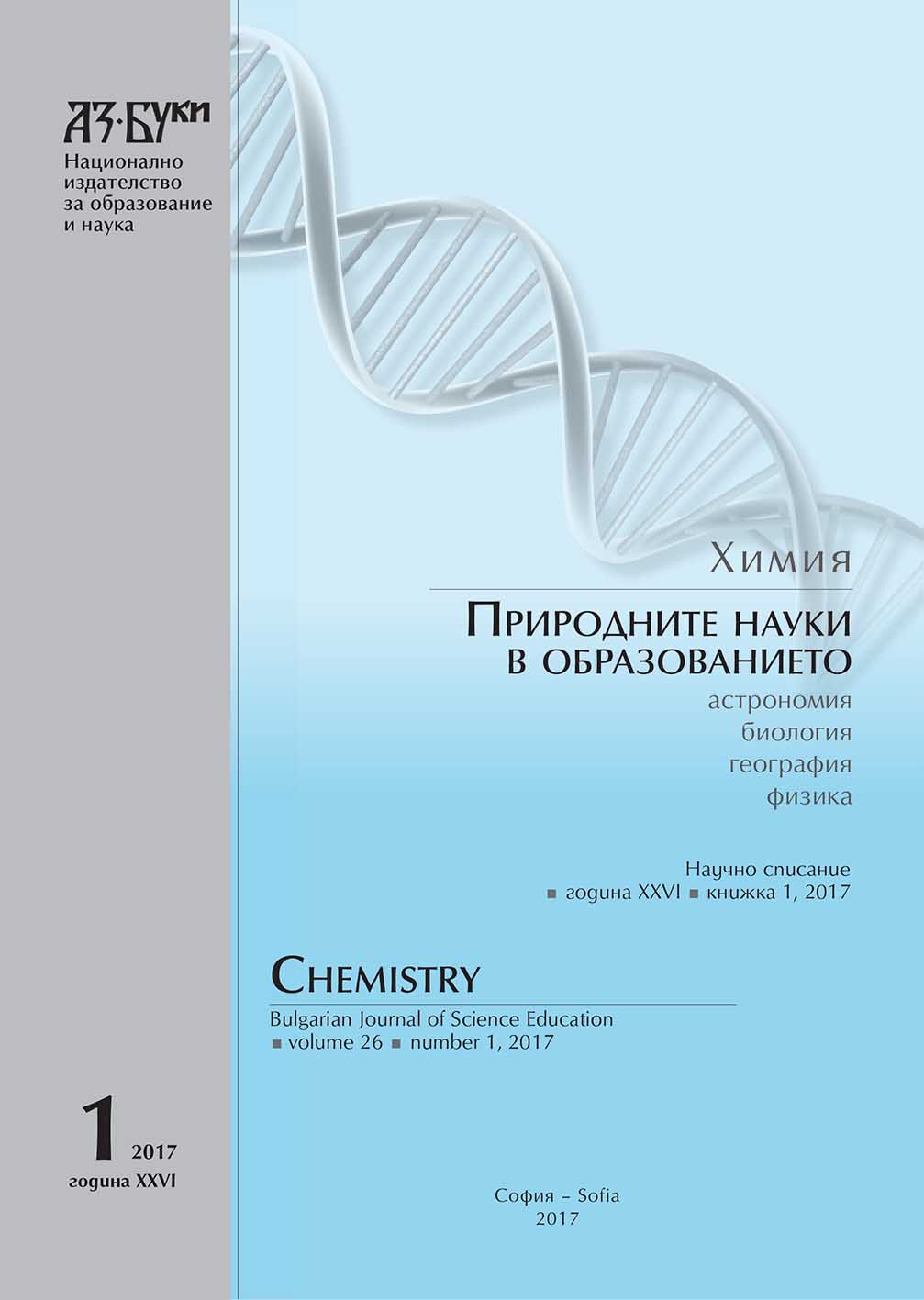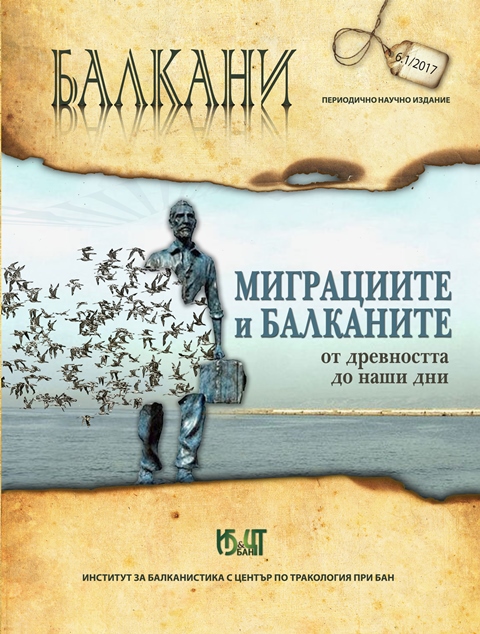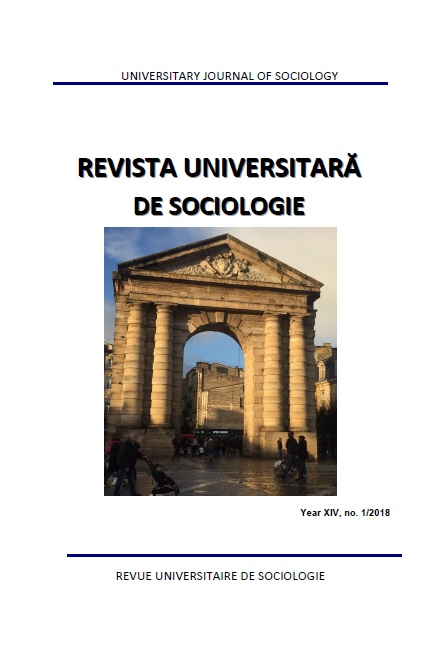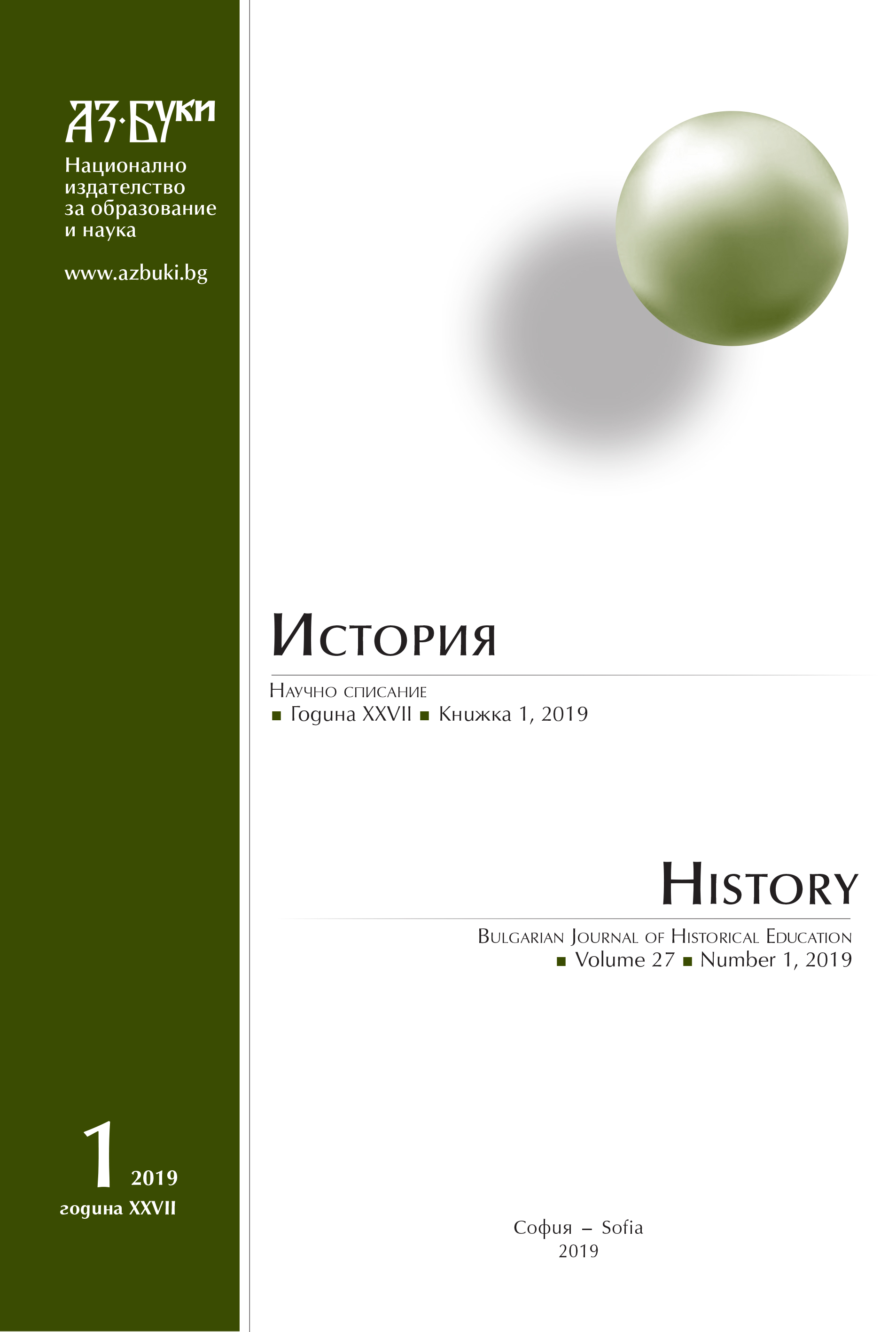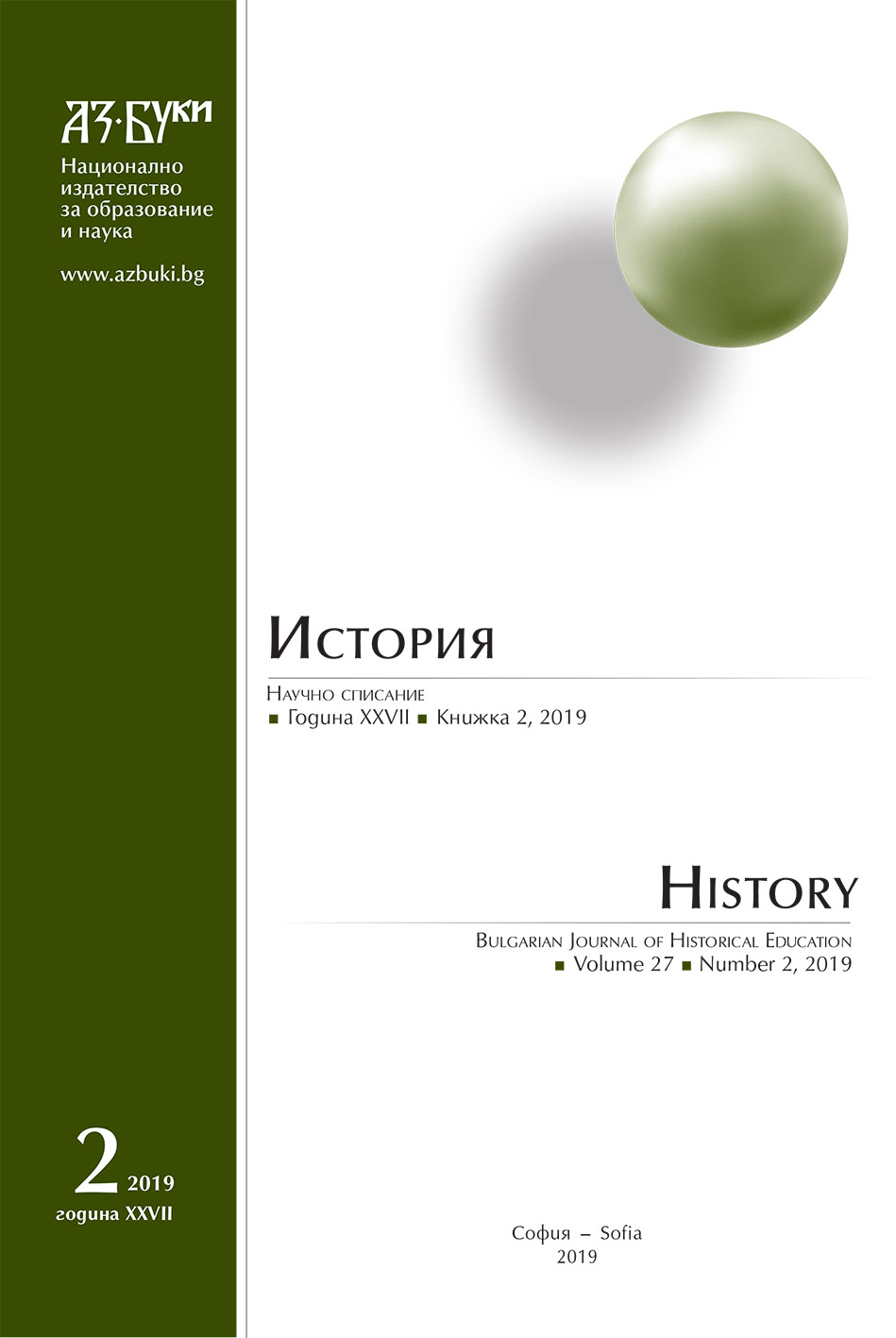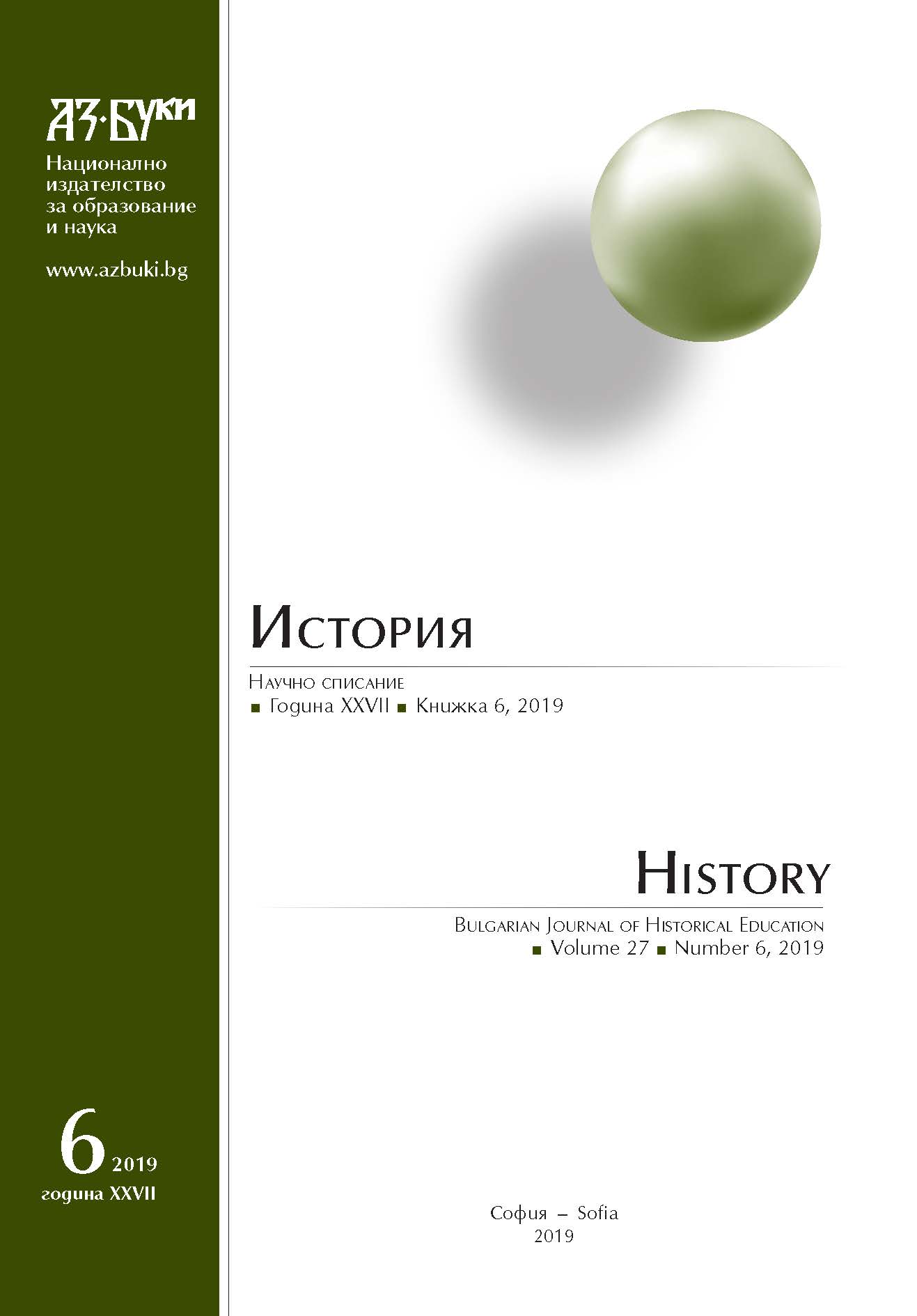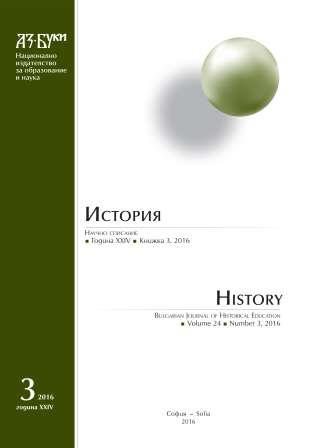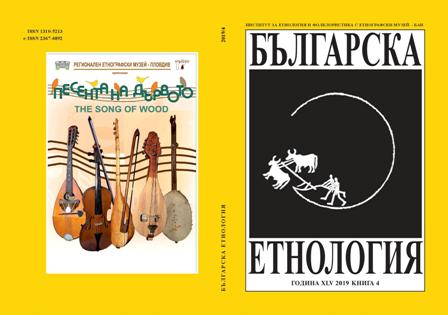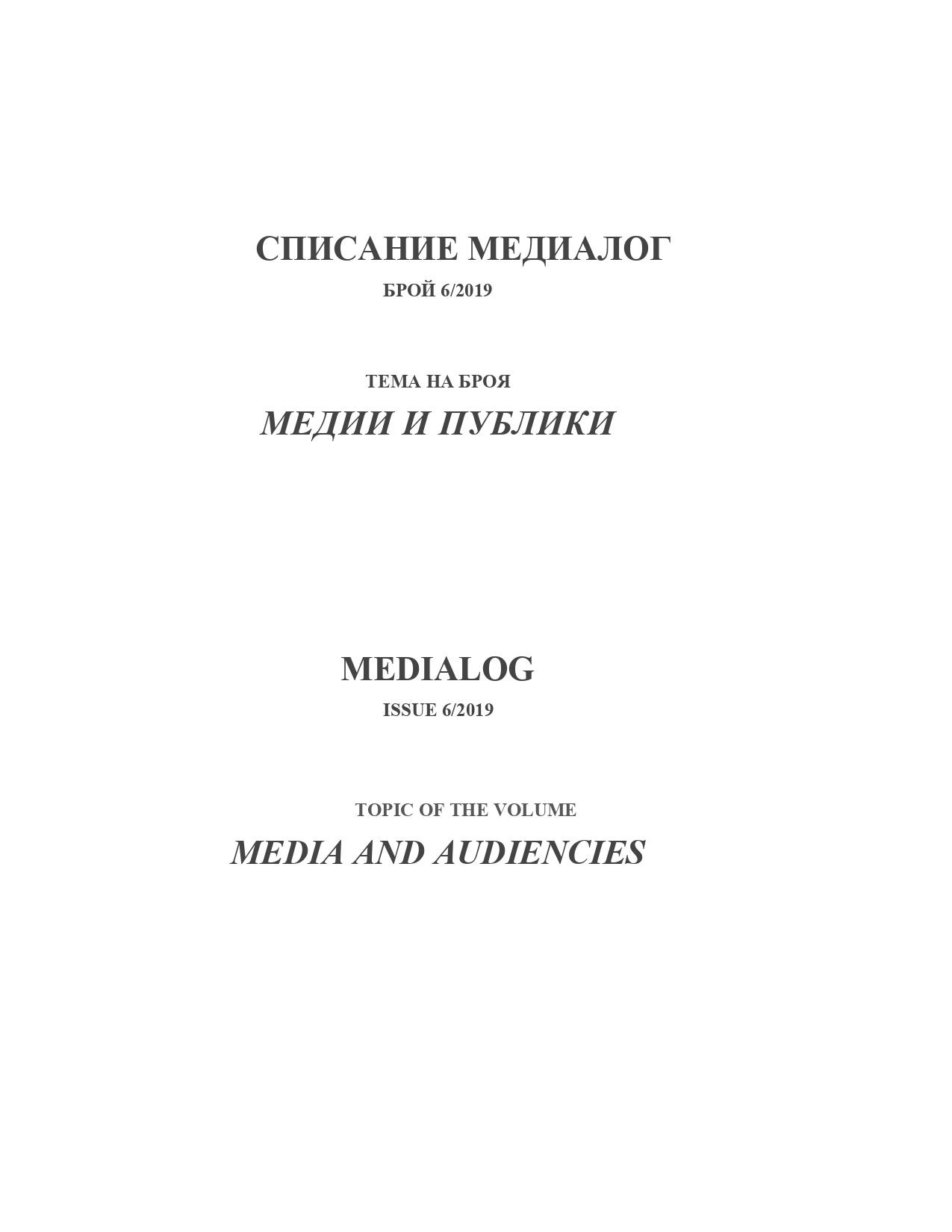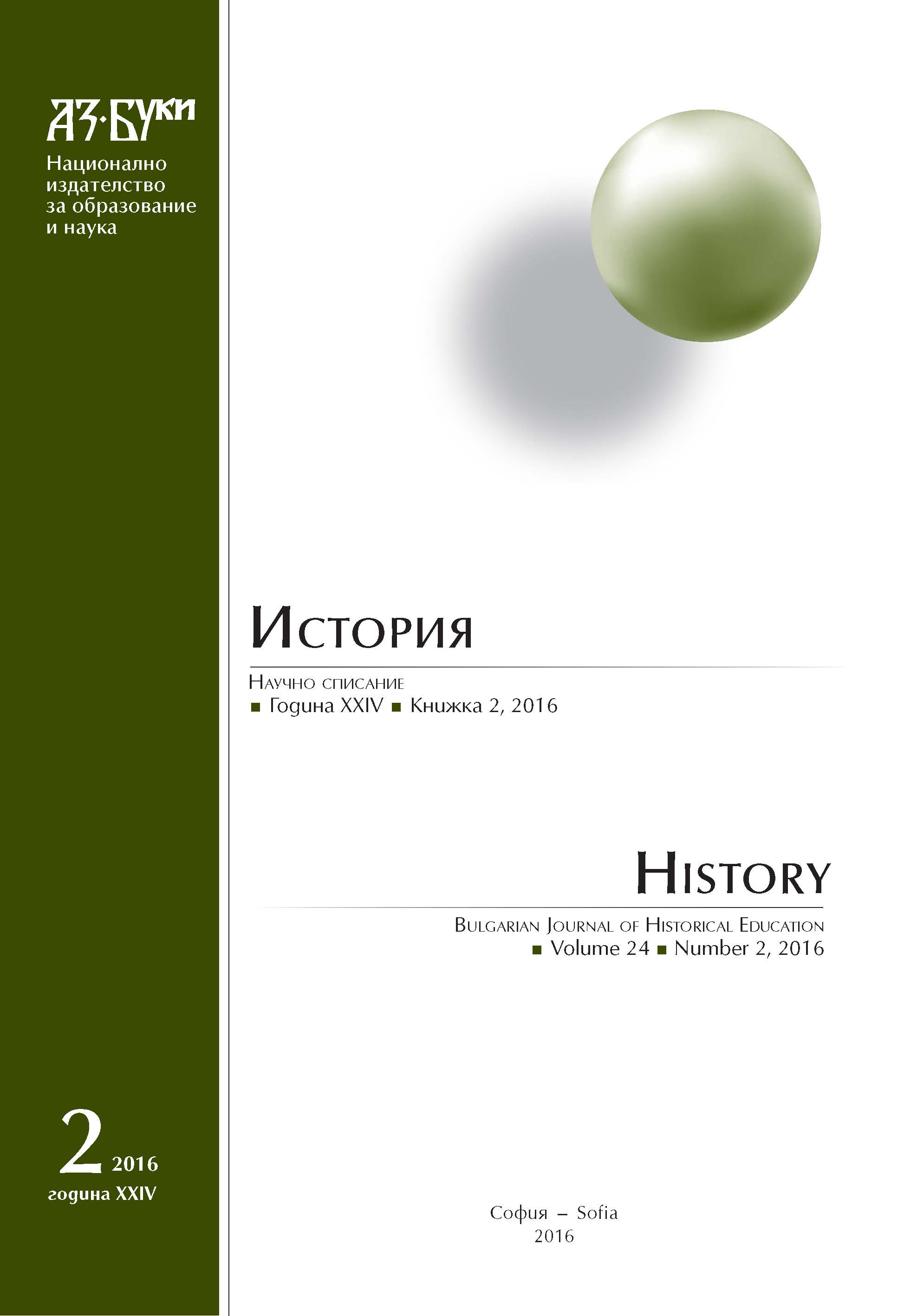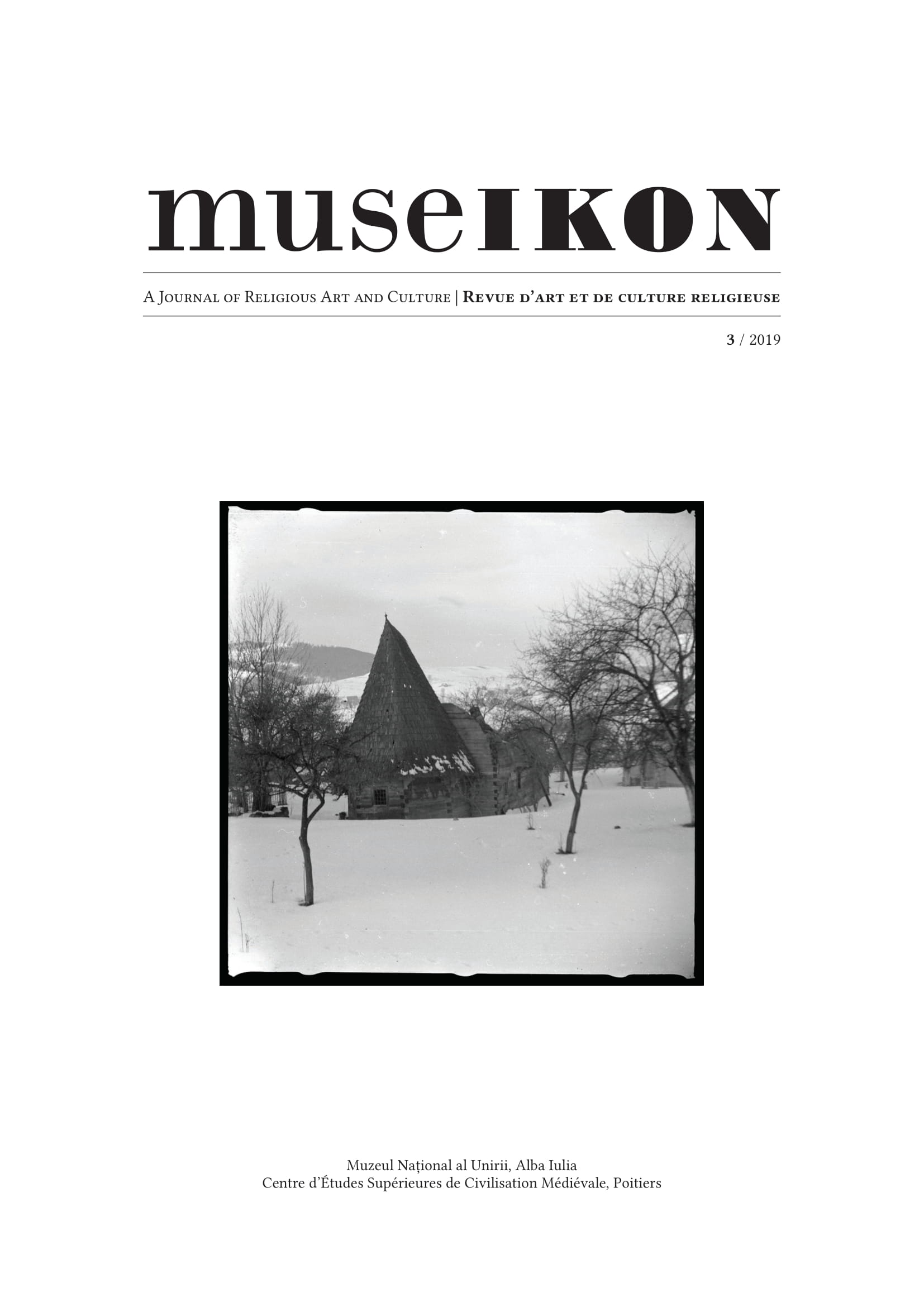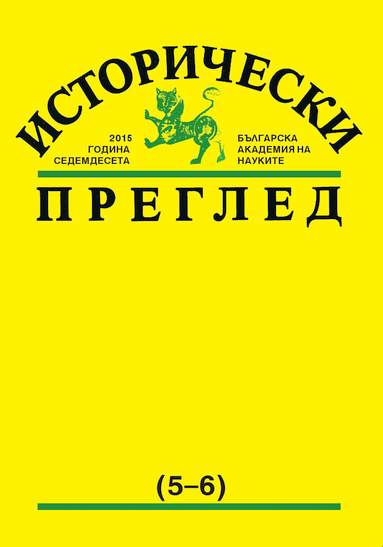
Вацлав Ханка и българите
The article examines the contribution of the Czech Revival philologist, publisher and poet Vaclav Hanka (1791–1861) to the Czech-Bulgarian cultural relations and contacts. The author analyzes in more detail his short translation called A Short History of the Slavonic Peoples in Ancient Times (1818), based on the Friedrich Christian Ruhs (1781–1820) book Handbuch der Geschichte des Mittelalters (1816). The chapter devoted to the history of medieval Bulgaria is the first specialized Bulgarian study published in Czech. Hanka has not written a whole bulgarian article on his own (except for the Bulgarian supplements in his research in the field of palaeoslavistics) and is restricted to resolving works of his colleagues and excerpts from the correspondence of his friends, mainly the Russian Slavonic scholar Izmail Ivanovich Srenevski (1812–1880). Nevertheless, for many Bulgarians, he was invaluable advisor during their trips to Bohemia (eg. Ivan Andreev Bogorov, Konstantin Dimitriev Petkovič, Ivan Vasilev Shopov, Petăr Beron, Konstantin Pavlov, Dimităr Stefanov Mutev or Nathanail Zografski) and discoverer and publisher of “Kralovedvorski manuscript” and “Zelenogorski manuscript” pseudo old Czech poetic mystification of the early 19th century, which are considered precious monuments from the 13th and 10th century (to their Bulgarian translators – besides the already-named Petkovič and Shopov – belong Teodosi (Bogdan) Ikonomov, Rayko Zhinzifov, George Benev and Atanas T. Iliev).
More...
